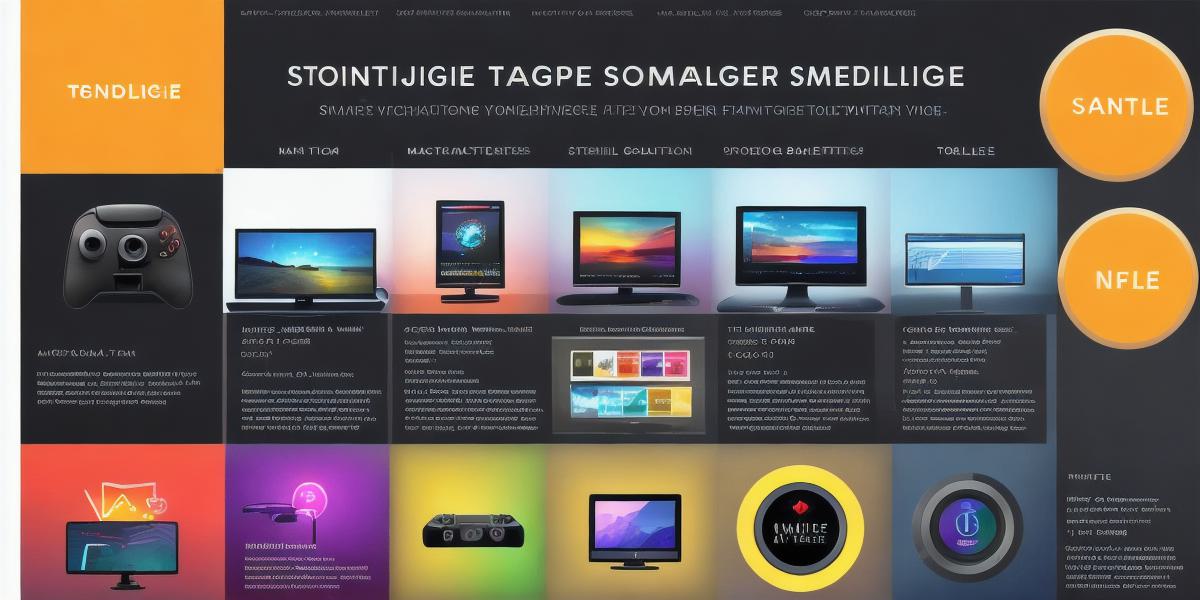Web3 and NFT: What are the Differences and Similarities?

The terms Web3 and NFT have been used interchangeably, but they have different meanings. In this article, we will explore the differences and similarities between these two concepts and their role in Web3 development.

Web3 refers to the third generation of the World Wide Web, which is based on blockchain technology. It aims to create a decentralized and secure network where users have control over their data and applications. Web3 is still in its early stages, but it has already shown promising results, such as the creation of smart contracts, decentralized applications (dApps), and other innovative technologies.
On the other hand, NFT stands for non-fungible token, which is a digital asset that represents ownership over unique items, such as art, music, and collectibles. NFTs are stored on blockchain technology, making them secure, transparent, and tamper-proof. They have gained popularity in recent years due to their ability to represent ownership and authenticity in the digital world.
Differences between Web3 and NFT
1. Purpose
Web3’s primary purpose is to create a decentralized network that empowers users to have control over their data and applications, while NFT’s primary purpose is to represent ownership and authenticity of unique digital assets.
2. Technology
Web3 is based on blockchain technology, which provides a secure and transparent platform for decentralized applications and smart contracts. NFTs are also stored on blockchain technology but are typically built using Ethereum or other similar platforms.
3. Applications
Web3 has the potential to revolutionize various industries, such as finance, healthcare, supply chain management, and more. NFTs, on the other hand, have already found applications in art, music, gaming, and other creative industries.
Similarities between Web3 and NFT
1. Blockchain Technology
Both Web3 and NFT rely on blockchain technology to provide security, transparency, and immutability.
2. Decentralization
Both Web3 and NFT aim to create a decentralized network where users have control over their data and applications.
3. Innovation
Both Web3 and NFT are still in their early stages, but they have already shown promising results and paved the way for innovation in various industries.
Real-life examples of Web3 and NFT
Web3
One example of Web3 is the creation of decentralized finance (DeFi) applications, such as Uniswap, which provides a secure and transparent platform for users to trade cryptocurrencies without relying on intermediaries. Another example is the use of blockchain technology in supply chain management to improve traceability and transparency.
NFT
One example of NFT is the sale of a digital artwork by Beeple, which was sold at Christie’s for $69 million. Another example is the use of NFTs in gaming, such as Cryptokitties, which allowed users to breed and sell unique digital cats on the Ethereum blockchain.
FAQs
Q: What is Web3?
A: Web3 refers to the third generation of the World Wide Web, which is based on blockchain technology and aims to create a decentralized network where users have control over their data and applications.
Q: What is NFT?
A: NFT stands for non-fungible token, which is a digital asset that represents ownership over unique items, such as art, music, and collectibles. NFTs are stored on blockchain technology, making them secure, transparent, and tamper-proof.
Q: What is the difference between Web3 and NFT?
A: Web3’s primary purpose is to create a decentralized network that empowers users to have control over their data and applications, while NFT’s primary purpose is to represent ownership and authenticity of unique digital assets. Web3 is based on blockchain technology, while NFTs are typically built using Ethereum or other similar platforms.
Q: What are some real-life examples








